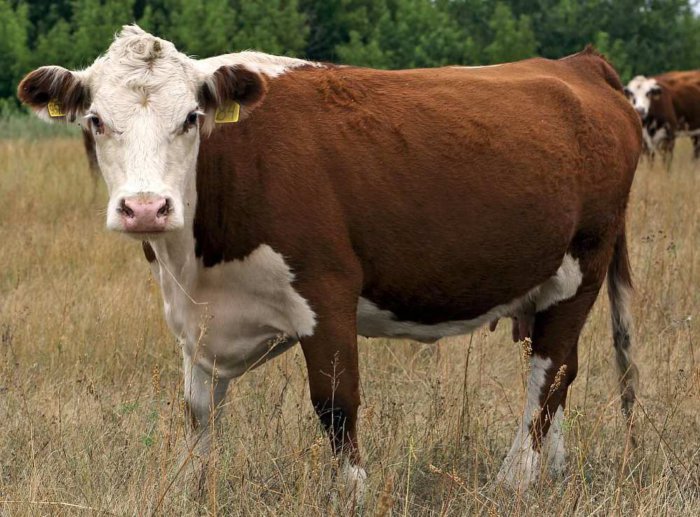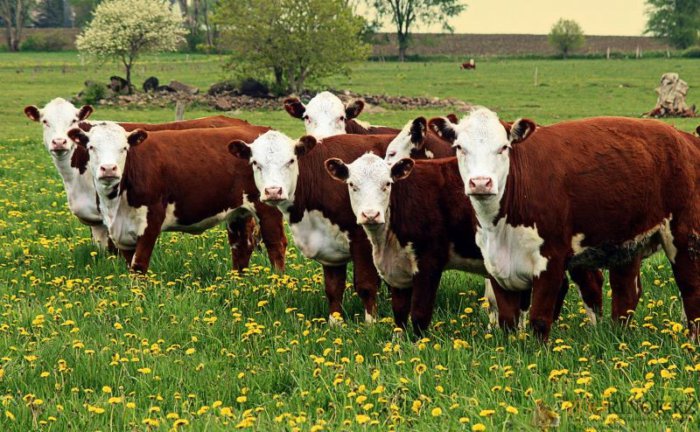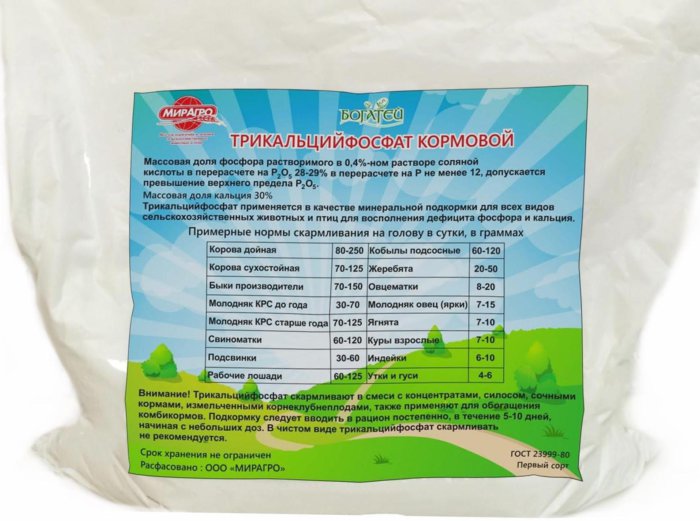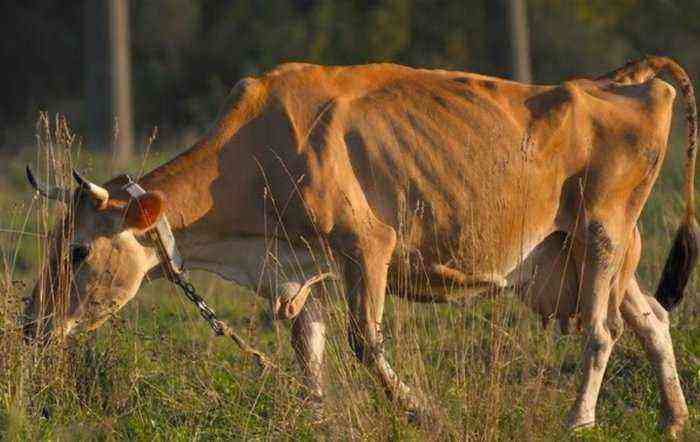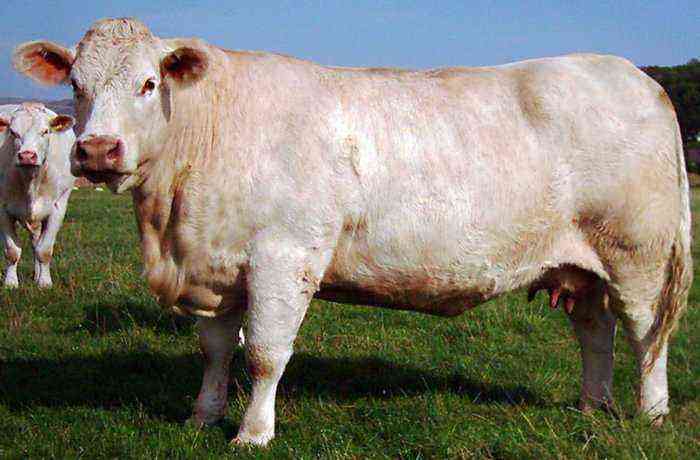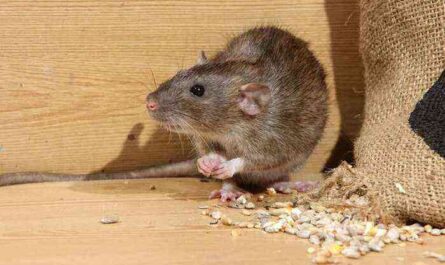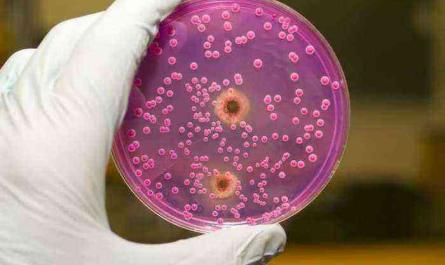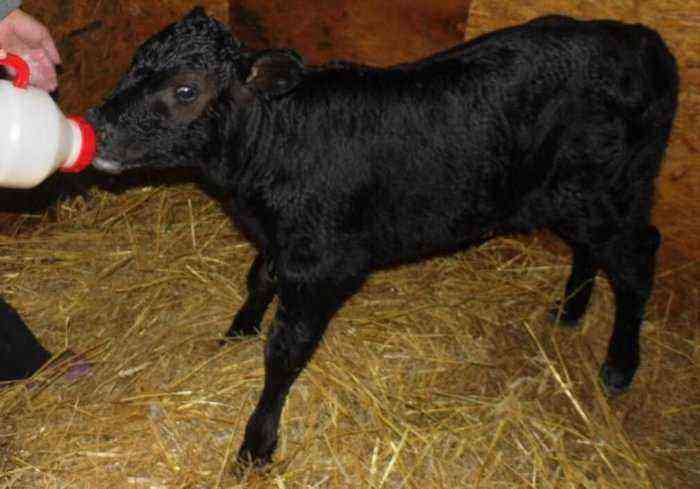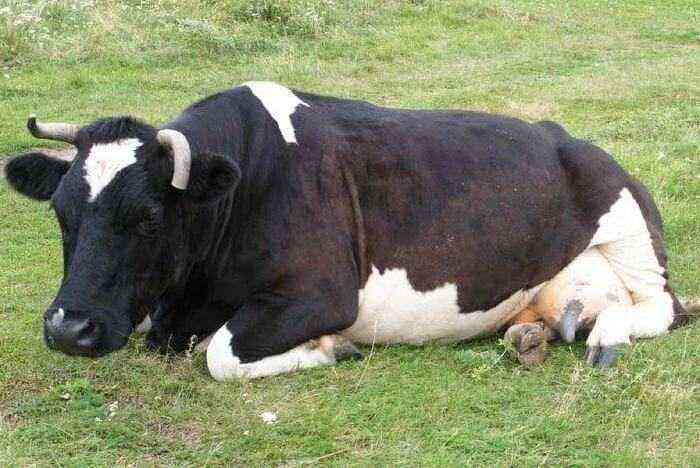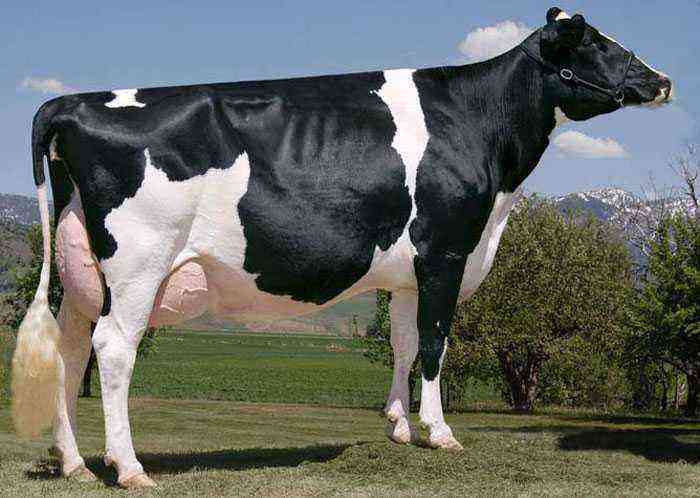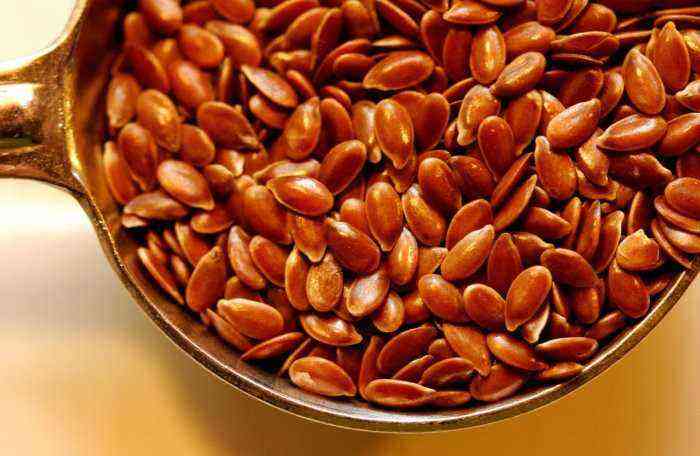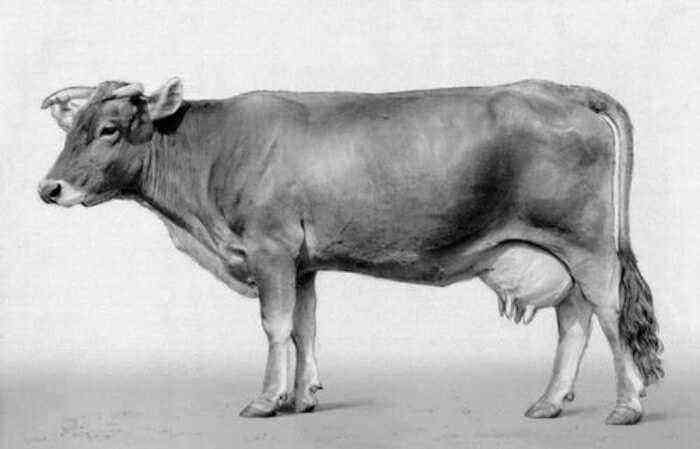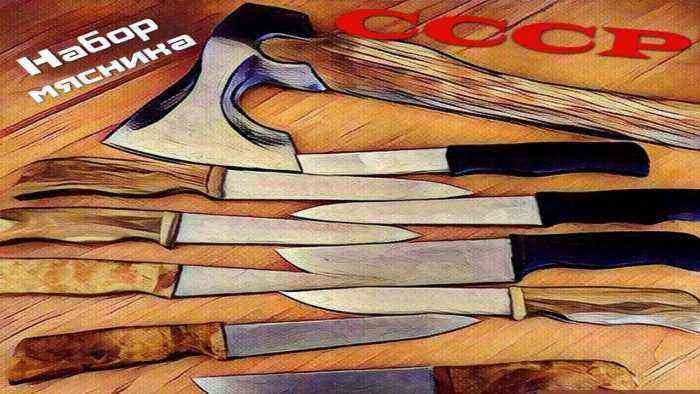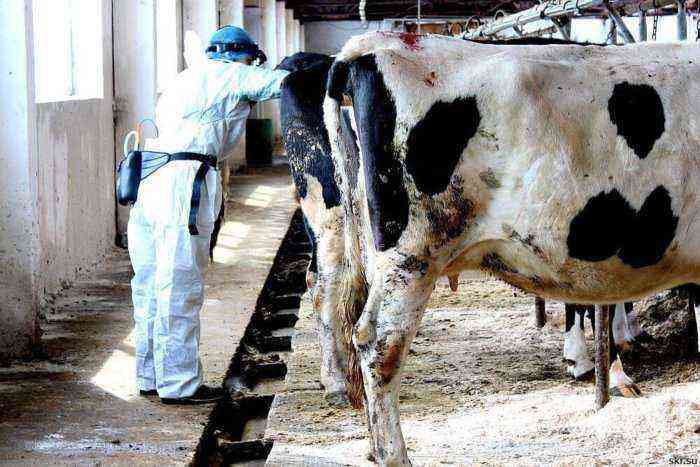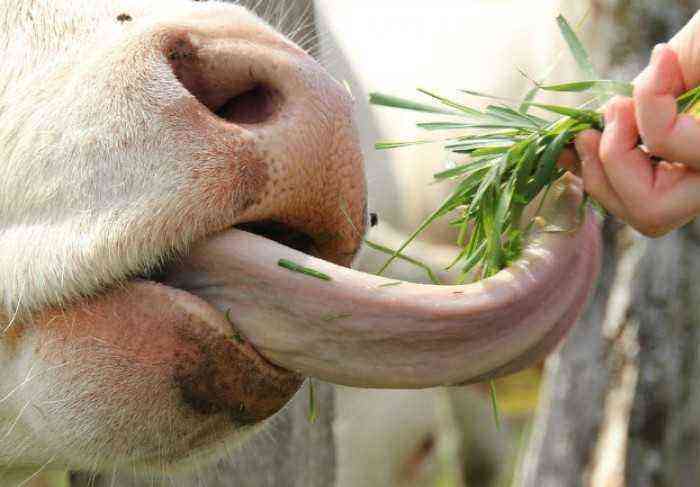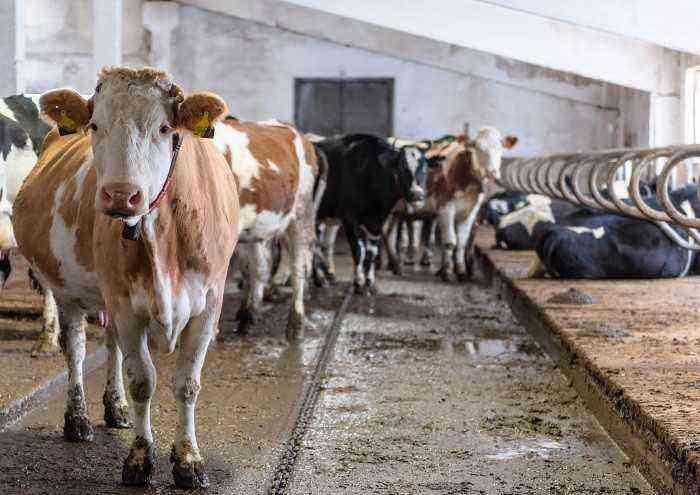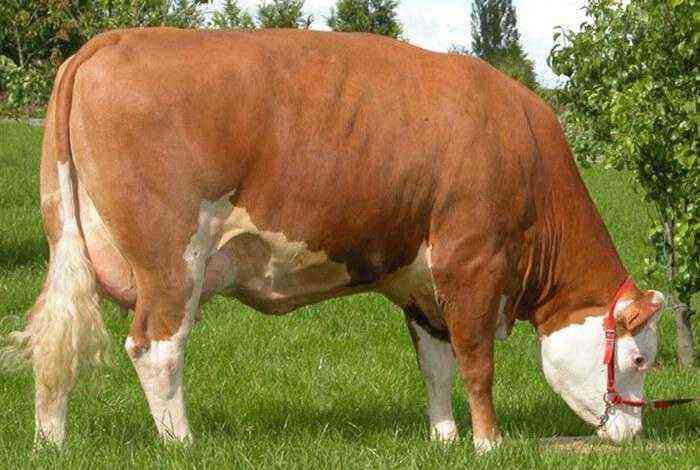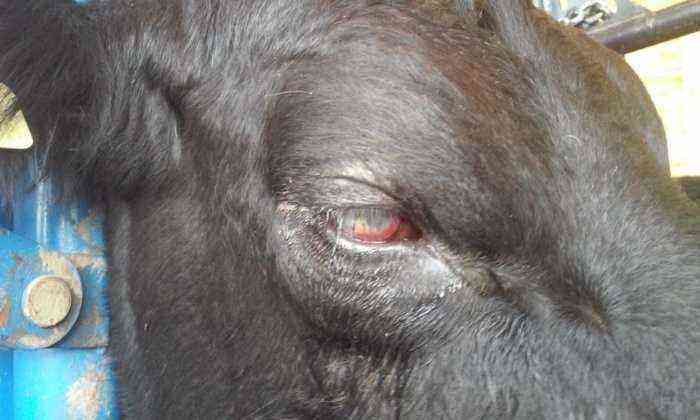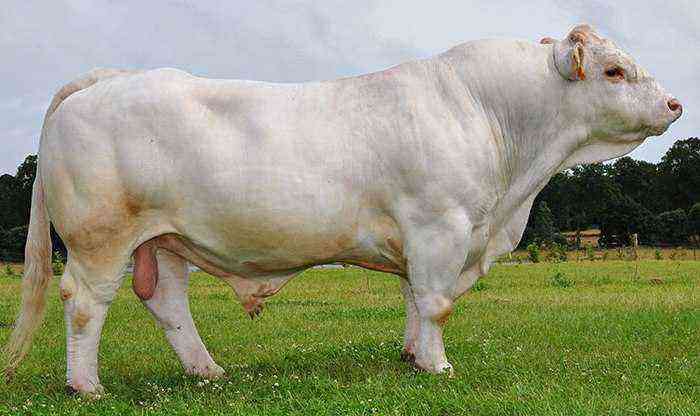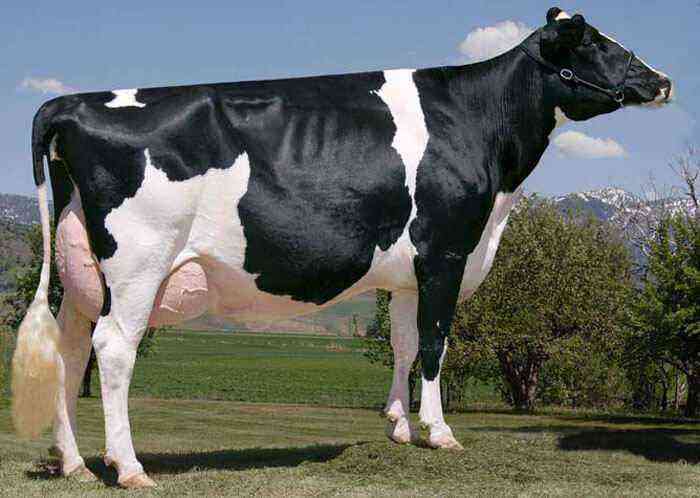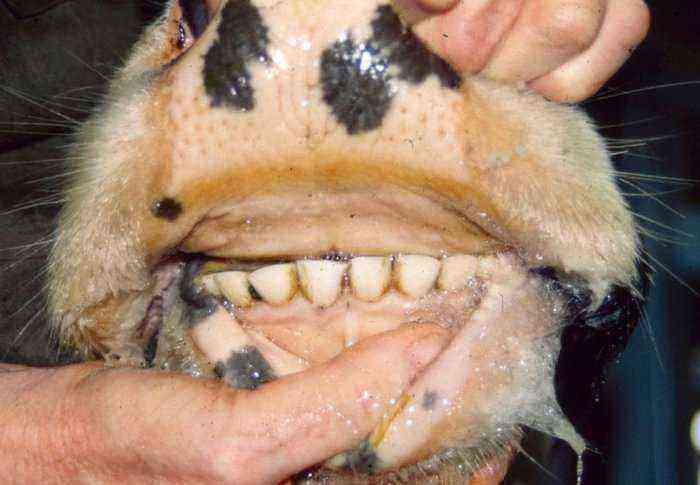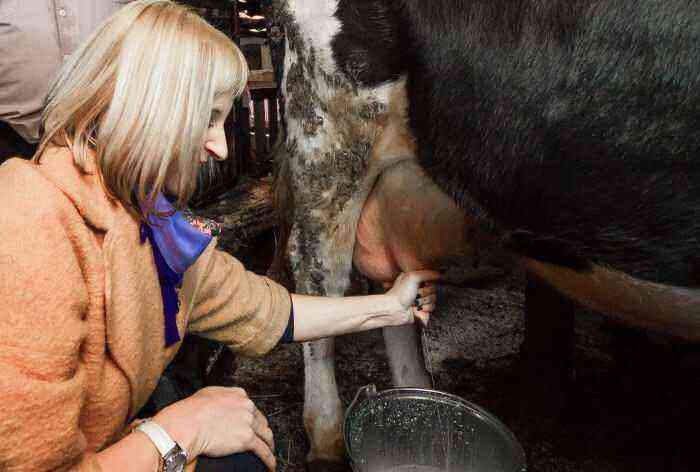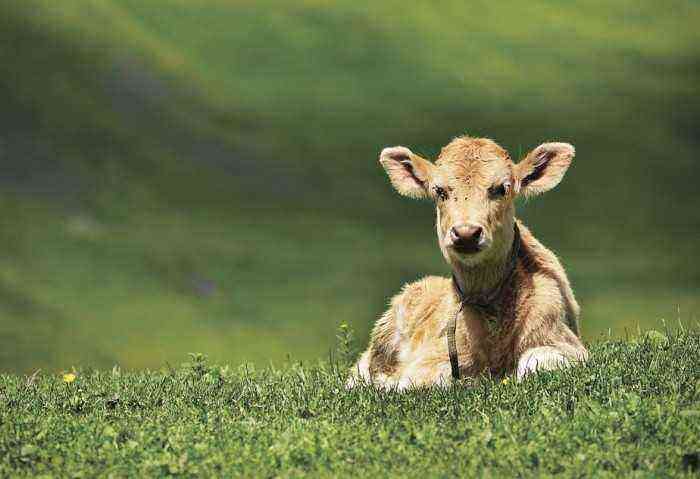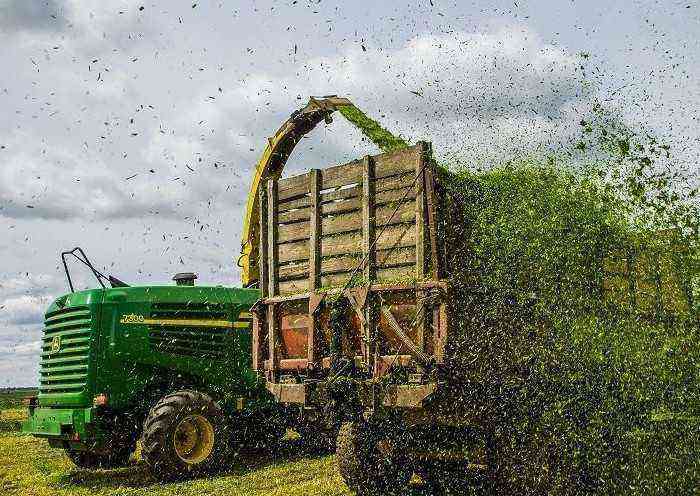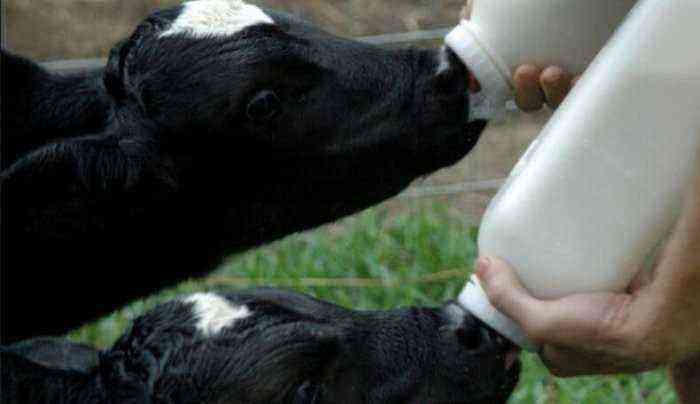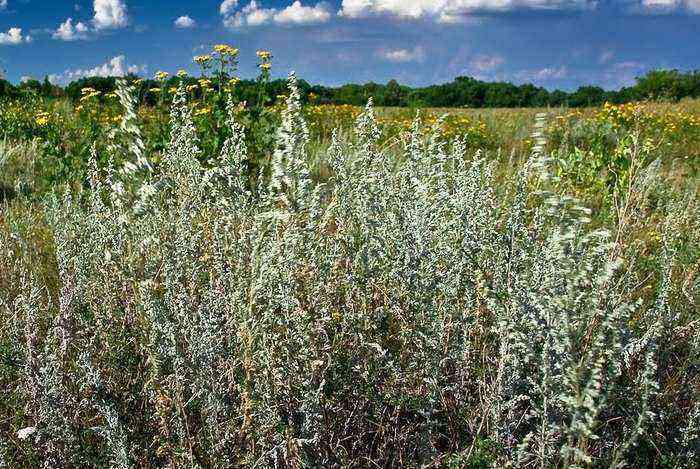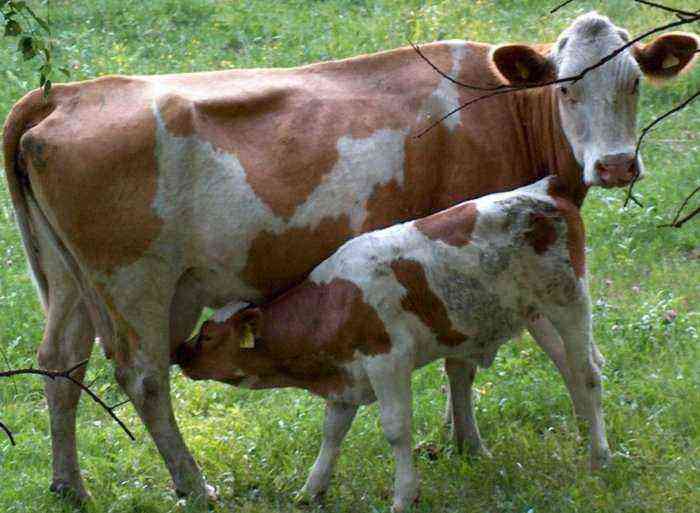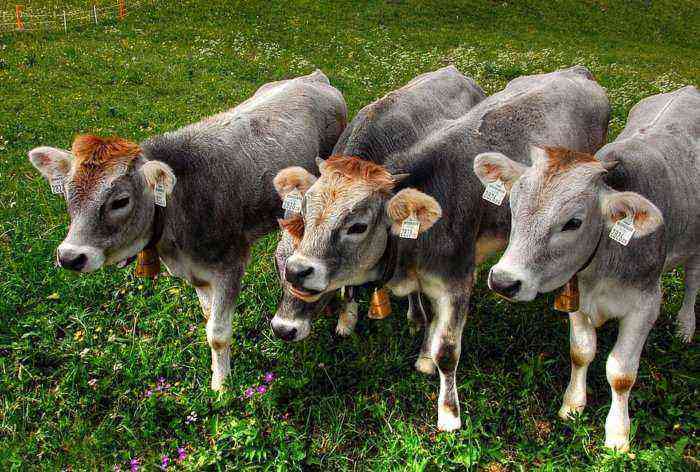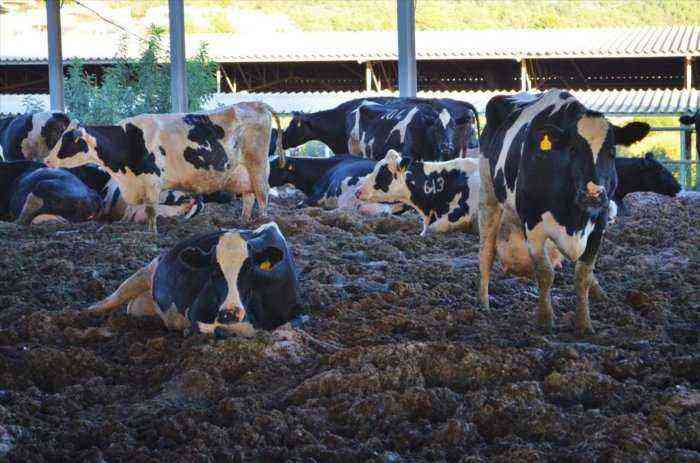The Kazakh white-headed breed of cows has been purposefully bred for many years as beef cattle. As a result, breeders managed to significantly increase the yield of meat from local varieties of animals and improve its quality. At the same time, work on improving the characteristics of the Kazakh white-headed breed line is still ongoing.
Herd of Kazakh white-headed cows
Characterization
This kind of cattle, in addition to a pronounced meat physique, is also distinguished by a number of other features that were achieved in the selection process. The animal has a calm disposition, easily adapts to almost any weather conditions, and is characterized by precocity.
Origin
The Kazakh white-headed cow was bred in the 1930s. Its homeland is the South-East of the Russian Federation and Kazakhstan. As a basis for the future new breed line, the breeders chose the most productive females of local breeds and crossed them with Hereford bulls. According to its characteristics, this variety is close to individual native breeds of Kazakh cattle. This approach made it possible to increase not only meat productivity, but also significantly increase its endurance, and some other qualities.
Moreover, the combination turned out to be so successful that today the Kazakh white-headed cow is often used as the basis for breeding new meat-type breeds. At the same time, the breeders who bred it were awarded the state award for their merit in 1950.
Reference. To date, farmers in Kazakhstan, some southern and eastern regions of Russia, and Uzbekistan are breeding these cows. A small livestock was also exported to Mongolia.
Appearance
This breed of cattle assumes an exclusively red color. Only the head and separate areas of wool on the abdominal part, sternum and at the end of the legs remain white. The physique of the animal is consistent with the meat type of livestock and suggests the following features:
- barrel-shaped body with strong, well-developed bones;
- wide chest, the girth of which in adults is at least 190 cm;
- short limbs with a developed ham;
- the back is straight and is a straight line;
- wool in winter is long and thick, and by summer its length is significantly reduced, which allows the animal to better tolerate heat;
- well developed muscles.
Appearance of this breed
The height of an adult cow is at least 130 cm at the withers, and often 150 cm. When taking oblique measurements, the length of the animal’s body reaches 155 cm. The weight of the female does not exceed 560 kg, bulls of the Kazakh white-headed variety can grow up to 850 kg or more. There have been cases of reaching a mass of 1100-1300 kg.
Productivity
In the course of selection, individual branches of the breed were also developed in the dairy direction. Therefore, today there are representatives of the pedigree line with high milk productivity. In this regard, all representatives of the Kazakh cow can be divided into the following groups:
- Meat cows. Annual milk yields do not exceed 1500 kg.
- Meat line. Productivity per year can exceed the mark of 2500 kg.
- Dairy cows. With proper feeding and maintenance, they are able to produce 6000 kg of milk. At the same time, the meat component is also well developed.
Milk is highly nutritious, and its fat content is at least 4%.
And yet the main advantage of this variety of Kazakh cattle is the high quality of meat. Beef is distinguished by its delicate texture and marbling, which is why it is highly valued in cooking. The output of the meat product from the live weight of the animal in females is at least 58%. For bulls, this figure increases to 60-62%, and in some cases can reach up to 68%.
Calves are characterized by high growth rates. The average weight gain in young animals, while maintaining a balanced diet, is 800 g. By the age of 8 months, the weight of the bull already reaches 230 kg. Many breeders carry out slaughter within a year and a half after the birth of a calf. His weight at this time, as a rule, reaches 400 kg.
Content
The Kazakh white-headed cow is distinguished by unpretentiousness to the conditions of detention and endurance. The animal feels good and gives a good weight gain even when kept on pastures with minimal vegetation. In addition, it safely tolerates both high and low temperatures, and can endure hauls of 30 km or more without consequences.
Kazakh white-headed breed of cows
It is best to use a loose type of content when breeding such cattle. It will allow you to achieve maximum weight gain, as well as save part of the feed reserves. This method of keeping is implemented on spacious walking areas and open pastures.
When constructing a room for keeping cows at night and in severe frosts, it should be borne in mind that each individual should have at least 6 square meters. m. free space. The litter, most often, is used non-replaceable straw.
The walking area is rebuilt on the south side of the barn, while its area depends on the type of coverage:
- in the presence of a hard cover, each individual in the herd should have at least 8 square meters. m. area;
- in its absence, the area for one cow should be about 25 square meters. m.
Feeders and drinkers are mounted along the perimeter of the range. When keeping this breed, it is better not to close the door to the barn so that the animals can enter and exit on their own. The only exceptions are rooms for calves, during the breeding of which even minimal drafts in the building should be excluded and proper temperature conditions should be ensured.
In general, due to the thick wool that such cattle grows in the cold season, it is quite suitable for year-round keeping on pastures.
Feeding
As in the case of the conditions of detention, this type of cattle is distinguished by its undemanding diet. Its basis is green fodder from pastures. For meat cows, such food will be quite enough.
As for the representatives of the dairy direction, in order to obtain maximum milk yield, feeding has to be slightly diversified. In winter, the diet will look like this:
- roughage (mostly straw) – 60-65% of the total feed;
- concentrated feed – 35-40%.
At the same time, concentrates should also be included in feeding and during grazing on pastures.
An important point in the preparation of the menu are also various additives, which are used as:
Tricalcium Phosphate
- table salt;
- tricalcium phosphate;
- bone meal;
- special defluorinated calcium.
As for the bulls that are bred for breeding, in addition to grass from pastures or pastures and hay, their food should be diversified with the following components:
- concentrates in large volumes;
- bean hay and fresh greens (alfalfa, clover);
- carrots, potatoes, silage, beets.
The main component of feeding young animals in the first 3 months from birth is milk. Moreover, the calf must be attached to the udder immediately within 1-1,5 hours after calving. Such a measure will significantly enhance the immunity of the animal, due to the large amount of immunoglobulin contained in the mother’s colostrum.
In the future, you can gradually transfer calves to concentrated feed and green top dressing. It is also important to provide them with a sufficient amount of calcium and phosphorus, for which special additives and premixes are suitable.
Conclusion
Among the indisputable advantages of this pedigree line, one should highlight the rapid precocity, high meat yield, unpretentiousness in feeding and maintenance. The beef obtained from such cows is valued for its marbling and palatability, and the skin is widely used in industry due to its softness and elasticity. But it should be remembered that the achievement of the listed advantages of the animal, it still needs to comply with the specified breeding conditions.
